#white embroidery
Explore tagged Tumblr posts
Text


Kerchief (Pañuelo)
Philippine
first half 19th century
14 notes
·
View notes
Text
Elegant street style!
1 note
·
View note
Photo

Vivetta S/S 2017 ⟡ Face-to-face whispers through translucent silk
3K notes
·
View notes
Text




@alberichfanpage mentioned that Freyja talks about Jerren but even if we had the option to ask Ansbach about Varre, I’d imagine we’d get something like this
#Elden Ring#elden ring sote#elden ring dlc#sir ansbach#ansbach#pureblood knight ansbach#Varre#white mask varre#white faced varre#elden ring varre#elden ring ansbach#mohgwyn dynasty#tarnished#tarnished oc#moore elden ring#for a frame lmao#they’re drinking wine#not blood#my three monsters all show these with wildly different colors#so it’s either gonna look nice and earthy#or like dog vomit#I’m hoping for the former#the dynasty drip and embroidery is testing me#I feel bad bc I love Varre so much but he is an excellent punchline#him and his freakiness is just perfect for the butt of a joke#I love him so much#I put my whole artussy into the grass bg#I despise bg so much but I must get better
2K notes
·
View notes
Text
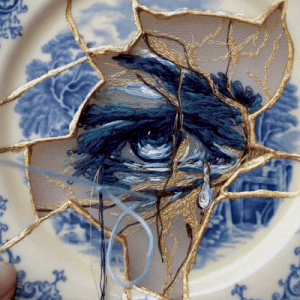
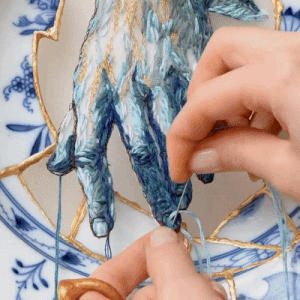
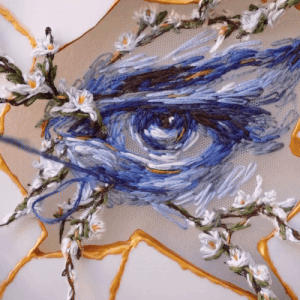
x / x / x
1K notes
·
View notes
Text
So now that it has finally been given to the recipient ( my darling mom) I can show the embroidery that has been consuming a big chunk of my crafting time.... for years I've been trying to convince my mom to spend a day with me at castlefest... she always seemed open to it but since she is also a seamstress she clearly wanted to come in costume, since that is half the fun... however by the time I usually think to ask it is usually only one month away which isn't nearly enough time to make something nice and so she ends up not coming at all... so this year I decided to start early and make her something that she could wear in daily life but also could serve as a base for a wide set of different costumes. That became this project, a nicely embroidered blouse... Base pattern is the driftwood blouse from Twig+Tale with the embroidery being my own design... I choose lavender because it is a flower we both like and supposedly symbolises motherly love in Hanakotoba and wheat since it means abundance in pretty much any culture that uses it as a staple and if it's one thing my mother never failed to give us it was an abundance of motherly love...


227 notes
·
View notes
Text
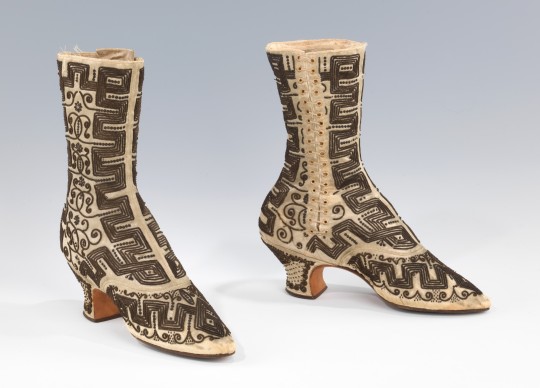
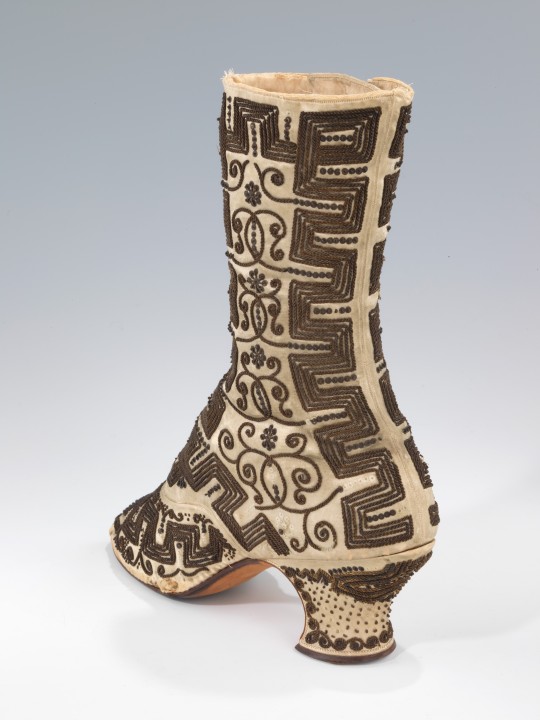
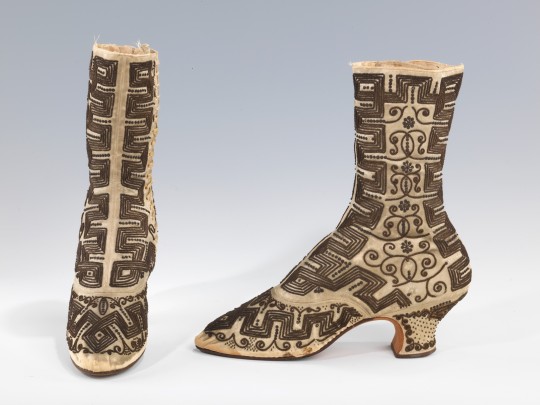
Evening Boots
1885-1890
Probably French
While the slipper and the strapped shoe were the most common choice for evening wear in the last third of the 19th century, boots did occasionally continue to appear. As with shoes, the basic evening boot was satin, either plain or featuring an embroidered vamp, usually in floral or foliate designs. Surviving examples of evening boots of the late 19th and early 20th centuries suggest, however, that those daring to wear something already outside of the ordinary often opted as well for unconventionally bold and unusual materials and trimmings. This pair of boots typifies that phenomenon: anachronistic side-lacing, novel and atypically exuberant fret and scroll motifs, and embroidery covering the entire boot, including the heel.
The MET (Accession Number: 2009.300.1477a–d)
#evening boots#fashion history#historical fashion#1880s#1890s#belle epoque#bustle era#turn of the century#france#off white#embroidery#accessories#shoes#the met
1K notes
·
View notes
Text
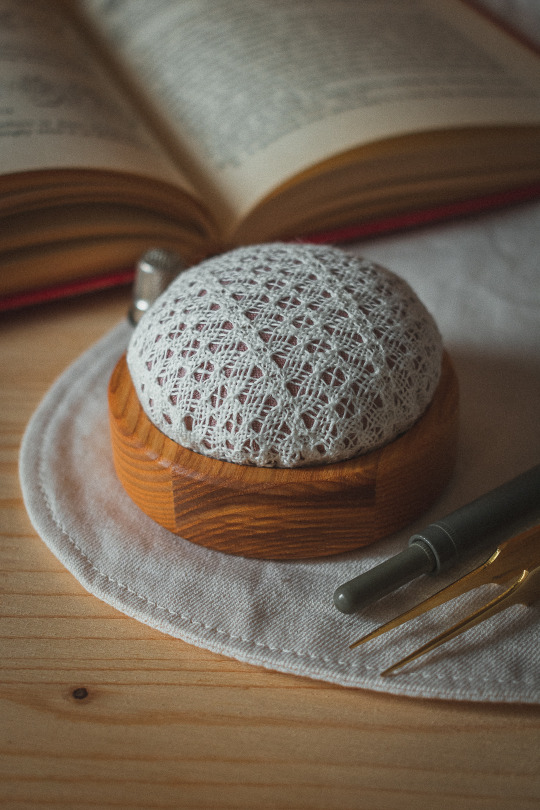
14 notes
·
View notes
Text



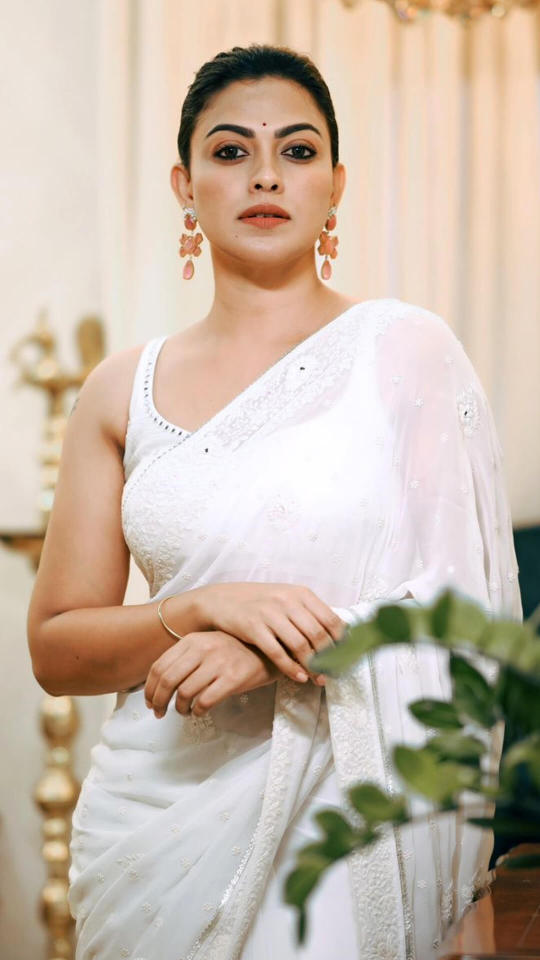

𝐅𝐚𝐥𝐥 𝐢𝐧 𝐋𝐨𝐯𝐞 𝐰𝐢𝐭𝐡 𝐀𝐧𝐮𝐬𝐫𝐞𝐞'𝐬 𝐖𝐡𝐢𝐭𝐞 𝐄𝐦𝐛𝐫𝐨𝐢𝐝𝐞𝐫𝐞𝐝 𝐒𝐚𝐫𝐞𝐞
Anusree looks nothing short of a fairy in this lightweight white embroidered saree. The intricate embroidery adds a touch of elegance, making it a perfect outfit for any special occasion. The light and airy fabric drapes beautifully, enhancing her graceful appearance. Discover the full details of this stunning ensemble and how it captures the essence of timeless beauty and modern sophistication.
Regards, Waves Institute of Fashion Designing
#anusree#white embroidery#embroidery#embroideried saree#saree#saree love#ethnic#ethnic charm#celebrity#celebrity style#indian fashion#saree blouse#designer blouse#timeless beauty
1 note
·
View note
Text

Chung Thanh Phong ss25 collection
#Chung Thanh Phong#angel wings#her wings#wings#light as a feather#feathers#sequins#embroidery#embellishment#formal wear#dresses#dress up#fancy#glamorous#glamour#new year's eve#party dress#white#toya's tales#style#toyastales#toyas tales#fashion#clothing#summer#september#fashion photography#fashion show#runway#butterflies
317 notes
·
View notes
Text
青白之魅 5: Clothes & Accessories
1 Introduction & Presentation // 2 Background & Influences // 3 Hair & Makeup // 4 Set Design // 5 Clothes & Accessories // 6 Conclusion
This is the actual hanfu post of the hanfu series on this hanfu account! So if you’re here for HANFU and specifically HANFU this is it >:)))) We’re gonna get deep into the relics & archaeology with this one!
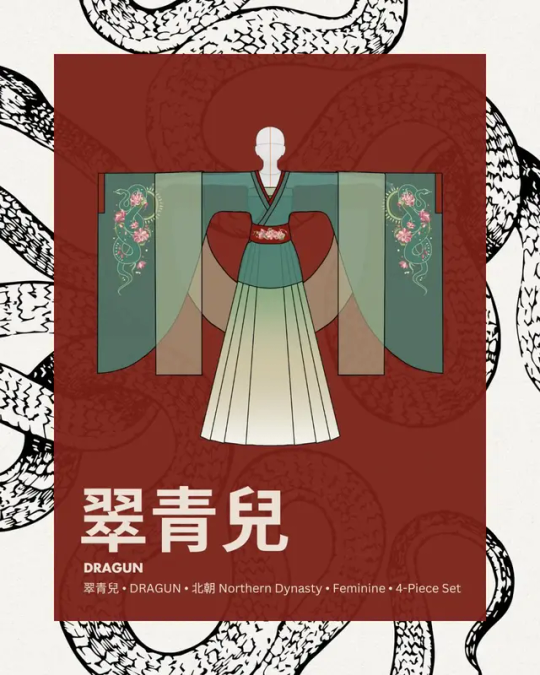
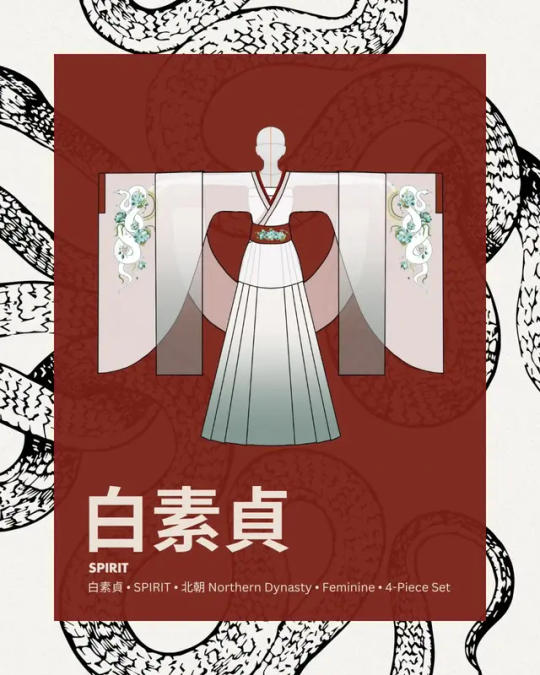
L: Cui Qing'er set, R: Bai Suzhen set, both Cloud9 Hanfu
So before we start. This was supposed to be a four-piece set. However, my dumbass (and Yulan’s dumbass I guess) forgot about the pibo ;-; So it literally just doesn’t appear in the shoot and We Will Not Speak Of It. It still looks pretty great! Just completely slipped our minds amidst the chaos x-x
Anyway: each of these are (SUPPOSED to be) a four-piece set. The four pieces are 大袖褶衣/da4 xiu4 xi2 yi1/large-sleeved top,九破裙/jiu3 po4 qun2/nine-panel skirt,腰封/yao1 feng1/wide sash,and 披帛/pi1 bo2/shawl. The sash & shawl are smaller accessory pieces, so the main two pieces are the top and the skirt: they are completely custom printed and custom patterned, the culmination of months of research. I will be focusing on these two pieces in this post (I’ll go over the last two briefly at the end, they’re just not as interesting).
Background: Northern Dynasty
Background for these sets: Both of these sets are referenced from the 南北朝/nan2 bei3 chao2/Northern & Southern Dynasties, with more emphasis on the northern part. This was a very tumultuous time period that often gets looped in with the 魏晉/魏晋/wei4 jin4/Wei & Jin dynasties for a combination time period known as 魏晉南北朝.
This means two major things in the context of hanfu research: 1) there’s a lot of very fast-paced exchange of culture and evanescent fashion trends going on, and 2) there are very few well-preserved textile relics to work off of. As a result, the sources for Northern & Southern Dynasty clothing often bounce off of chronologically adjacent artifacts. This also means that physical garment relics that we usually depend on to learn about the patterning/construction of hanfu from that time period have to be supplemented with figurines and carvings from the time, so we can see what they were supposed to look like. There’s a lot of educated guesswork involved.
Most types of hanfu have direct garment relics that their patterns are recreated/resized from. The strictest hanfu enthusiasts—called the 形制黨/形制党/xing2 zhi4 dang3/‘form party’ (party as in like political party, not like a rave)—only recognize hanfu that are constructed identically to an archaeological source, because a physical reference is the only surefire way to ensure that the construction is ‘correct.' All other kinds of hanfu are considered hanyuansu or modified, hanfu-influenced versions of clothing.
I used to be stricter about this too, but I realized after several years researching hanfu that when you get really deep into it, the lines become really blurry. So if you’d like to be stricter about it, feel free to consider this set hanyuansu! But because a lot of research went into it, and I personally think it's very very likely that these constructions existed, I feel more confident in calling it hanfu than guzhuang or some kind of ‘costume.’
大袖褶衣
The construction of this top is primarily based off of two archaeological relics from the Northern Dynasty: a sleeve piece and a 褶衣 (!注: 褶 is pronounced xi2 in this phrase) relic. There is very little material out there on the sleeve piece, but the Xiyi is very famous and was restored by the China Silk Museum.
褶衣/xi2 yi1/Xiyi
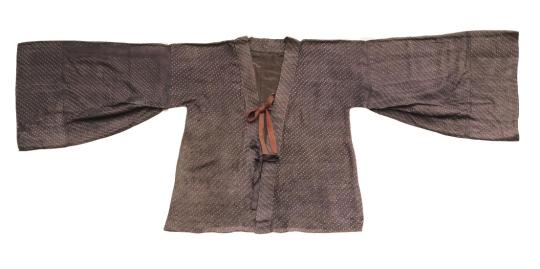
绞缬绢衣, 中国丝绸博物馆/China Silk Museum
This is the Xiyi. Its full technical name is the 絞纈絹衣/绞缬绢衣/jiao3 xie2 juan4 yi1/'twisted knot silk top,' but it's known colloquially as the 褶衣. Right now it's in the China Silk Museum's collection of artifacts.
It was originally excavated by the Gansu Institute of Archaeology from 甘肅花海畢家灘26號墓/甘肃花海毕家滩26号墓/gan1 su1 hua1 hai3 bi4 jia1 tan1 26 hao4 mu4/'Gansu province Huahai Bijiatan grave site #26,' which was discovered in May 2002. The burial site belonged to a woman who died in the year 377CE. A good chunk of clothing artifacts from the 魏晉南北朝 period that have been referenced in hanfu today came from this woman's tomb.
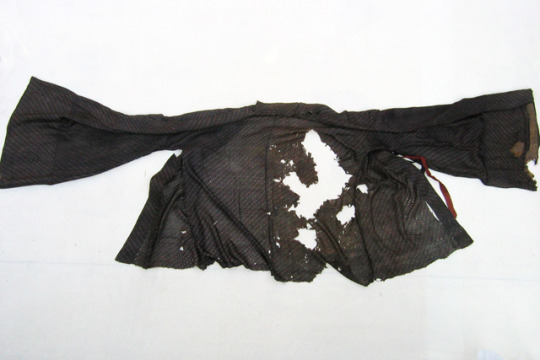
It used to look like this before it was restored by the China Silk Museum. You can read the restoration report here.
There's a whollllleeeeee textile analysis complete with microscope fiber images that I could go through here, but I'll save it for another post since my design doesn't have anything to do with the fabric of this piece, just the structure.
Now, I only used the torso portion of the Xiyi, since I used a different sleeve shape, so I won't be going over the Xiyi's sleeves either. The torso looks like this:
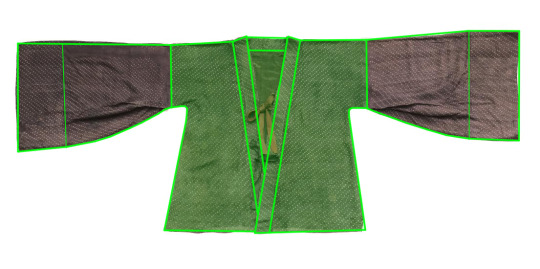
Fairly simple structure! It obeys all the general rules of hanfu construction. There are a few features to note though.
The back of the neck is very wide. Most open-front hanfu garments have a small gap at the top of the neckline. This garment, however, has a particularly wide gap.
There are no vents. I know it's not visible in the flat picture, but there are no side slits/vents, which is one of the main features distinguishing this piece from similar parallel-collar tops from the Song/Tang dynasties (usually known as 褙子/bei4 zi0/Beizi). This makes sense: vents are necessary for longer garments so that your hips don't get trapped, but for shorter garments they're not needed. This xiyi is 72cm long, which is still considered short.
There is no 'lan' piece. Modern convention dictates that a top with a lan piece be called a 襦/ru2 (again, modern convention in the hanfu community!!! This is not necessarily historically true). Since this top doesn't have one, it's not considered a Ru, earning its own name as the xiyi.
The root of the sleeve is narrow compared to the rest of the body. It's only about 1/3 the length of the torso.
Finally and most importantly, it's not a cross-collar garment, but the lapels aren't parallel either. Instead, they slope down diagonally from that wide-set neck and meet at a point at the bottom. There's a tiny portion that overlaps, but if you look closely you'll notice that it's actually only the trim that overlaps—if you took off the trim, the torso pieces would meet at the same point.
Keep these in mind as we move on.
錦緣綾大袖/锦缘绫大袖/jin3 yuan2 ling2 da4 xiu4/'Brocade Trim Silk Large Sleeve'
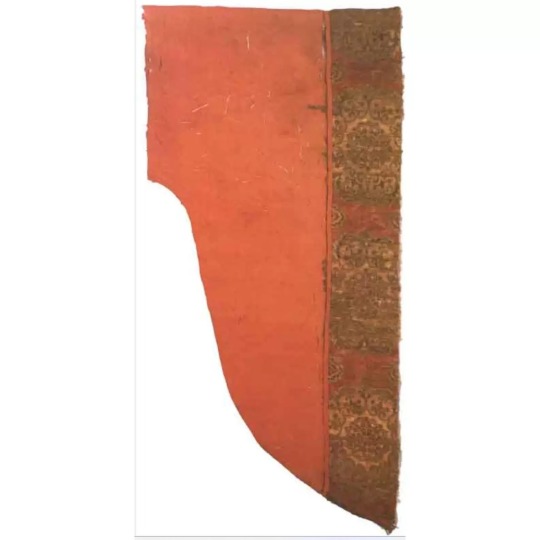
idek where I got this image, sorry
I spent a full three days scouring the internet for metadata on this thing (until I got hit with a 24-hour migraine and had to stop ;-;). It's a sleeve piece from the Northern & Southern Dynasties called the 錦緣綾大袖. Unfortunately, there is very very very little information out there about it.
From what I could find, this is because 1) it isn't a archaeological artifact excavated post-revolution (which is usually the case), it was an heirloom and doesn't have very good digital records, and 2) it is allegedly in Japan, and I don't know Japanese so I'm not very good at finding information in Japanese. Do not quote me on either of those points; I could be misinformed, but I wasn't able to find anything else.
According to 大唐女儿行/大唐女兒行/da4 tang2 nv3 er2 xing2, a book by 左丘萌 (Zuo Qiumeng) and 末春 (Mo Chun) published by Tsinghua University Press, this sleeve piece is in the Nara Shosoin Repository's southern warehouse collection, and was shown during the 58th annual Shosoin Repository Exhibit.
However, I looked up the records of the artifacts shown during the 58th annual exhibit and this artifact is not on the showing list, and I went through three separate databases of Shosoin relics and found nothing, so I have my doubts about the accuracy of this citation.
So all I have is this picture, which has been passed around the hanfu community for ages. Fortunately, that's basically enough: 90% of hanfu sleeve pieces are constructed the same way, just in different shapes. So probably if you unfolded it, it'd look like this:
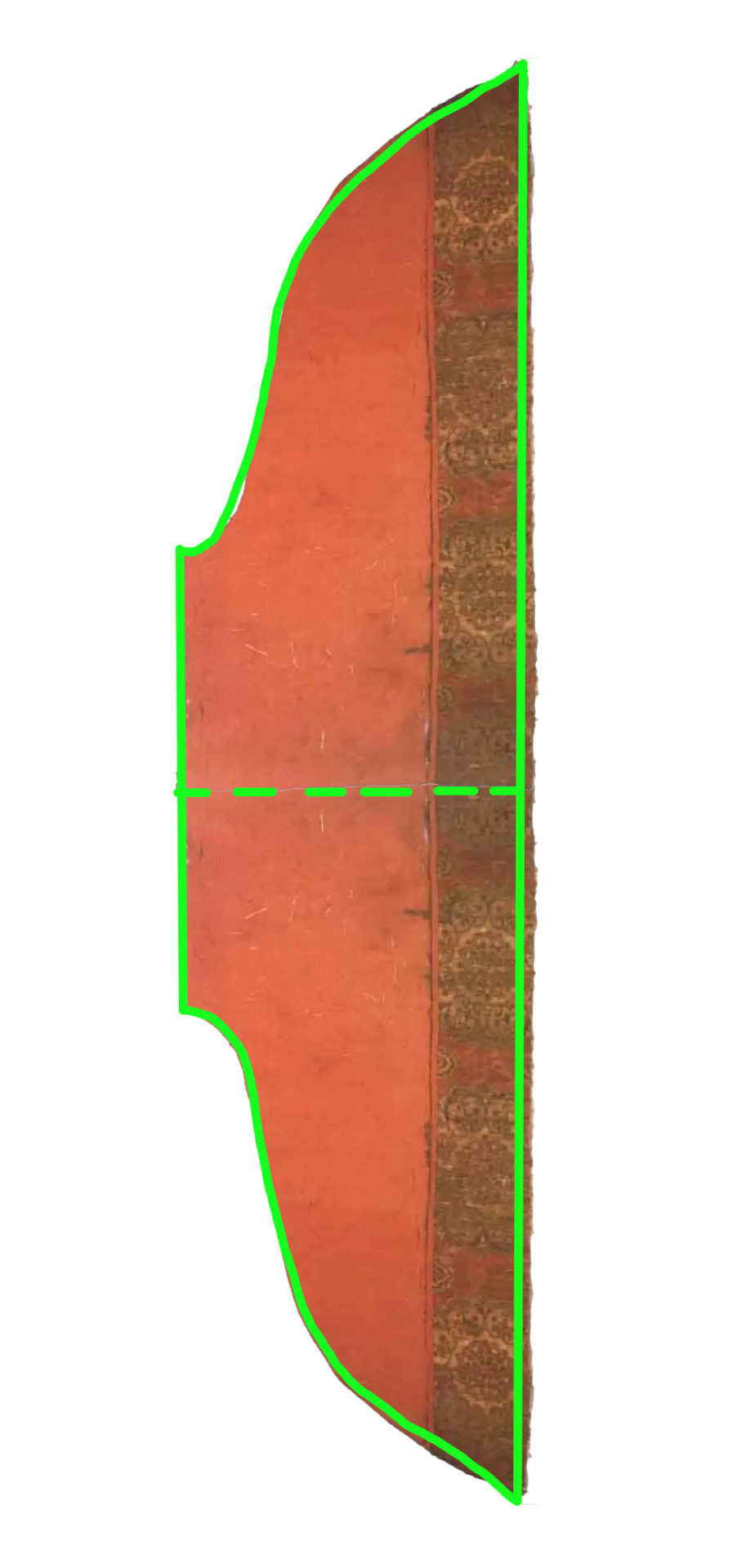
This shape is called 窄臂大袖/zhai3 bi4 da4 xiu4/'narrow upper-arm large sleeve,' because, well, it's narrow at the upper arm but wide at the sleeve opening. This differs from later-dynasty wide sleeves, which do increase in width as you get closer to the cuff, but start out fairly large as well. The shape is backed up by a boatload of figurines wearing the same structure from the Northern & Southern Dynasties.
Putting It Together
Okay, we've got a sleeve reference, and we've got a torso reference, and they both existed at the same time. That's... all of the parts we need to make a whole top! Here is the approximate franken-hanfu chimera we have put together:
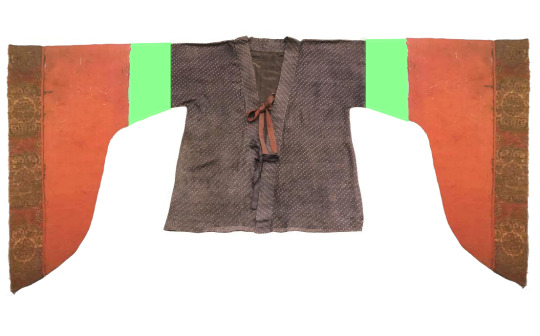
But how likely is it that this combination existed?
Pretty likely, actually, if we look at some corroborating evidence. Here is an article about 袴褶装/ku4 xi2 zhuang1 by the National Museum of China. 袴褶装 is a type of outfit (in the sense that t-shirt-and-jeans is a type of outfit) often worn by Northern & Southern Dynasty figurines. 袴 is the archaic form of 褲/裤 which means pants. 褶 refers to the 褶衣 from the previous section. 袴褶装 is the combination of these two garments in an outfit.
According to the article, 袴褶装 was a clothing trend that originated in the north, where nomadic tribes who were often on horseback (some still are today!) preferred to wear pants and shorter tops for convenience. This later got adopted by the Central Plains people, and the pants and sleeves got wider and wider—so it's very conceivable that a xiyi with wider sleeves than this relic existed.
Here are some figurine pictures from all over China:


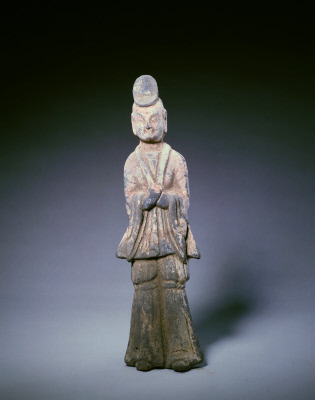
L: 陶文吏俑,北齐,徐州博物馆,1985?徐州狮子山北朝墓出土 (Ceramic Statue of Civil Official, Northern Qi, Xuzhou Museum, excavated 1985?from the Lion Mountain site in Xuzhou, Jiangsu)
C: 侍从陶俑,北魏,中国国家博物馆,1965年河南省洛阳市元邵墓出土 (Ceramic Statue of Attendant, Northern Wei, National Museum of China, excavated 1965 from the Yuanshao site in Luoyang, Henan)
R: 陶彩绘男俑,北魏,故宫博物院 (Colored Ceramic Statue of a Man, Northern Wei, China National Palace Museum)
So! I think that this combination is more than plausible. Take a look at these ones:


L: 陶女俑,东晋,中国国家博物馆,1955年江苏南京出土 (Ceramic Statue of a Woman, Northern Wei, National Museum of China, excavated 1955 from Nanjing, Jiangsu)
R: 彩绘陶女立俑,北朝,徐州博物徐州馆,茅村内华北朝墓出土 (Colored Ceramic Statue of Standing Woman, Northern Dynasty, Xuzhou Museum,excavated from Mao town site in Xuzhou)
Notice how the wide-set collar allows a little bit of the inside clothing (camisole? Undershirt? Who knows) to peek out at the chest. The wide skirt head of this set's skirt peeks out at the top in the same way :)
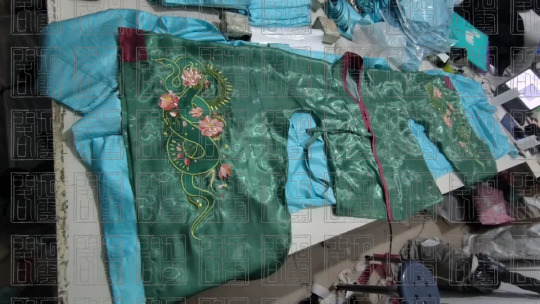
Materials & Details
The fabric used for these tops is called 百合緞/bai3 he2 duan4/‘lily satin’ in Chinese, but a lot of colloquial fabric names don’t transfer well between languages. It’s a sheer polyester fabric that’s somewhere between satin and organza. I’ve heard similar fabrics referred to as crystal organza. It has a very pretty liquid-like shimmer to it on the right side, which I felt was good for representing our ethereal water-bending snake spirits.
I went through dozens of fabrics trying to find the right texture that was available in the green-blue color needed for Xiaoqing, but fabrics of this kind often only come in macaron pastel colors. The targeted color was very specific—too green and it would no longer be 青, too blue and it wouldn’t match Dragun’s coloring. In the end, I had the color’s CMYK code custom printed onto white base fabric, then sent it off to be cut & sewn (by hanfu tailor workshop in Nanjing).
There is also trim sewn onto the collar (出芽/chu1 ya2) and sleeve cuffs, which is made from a beautiful red damask with cloud patterns woven into it. This pattern is a Ming Dynasty cloud pattern called the 四合如意雲紋.
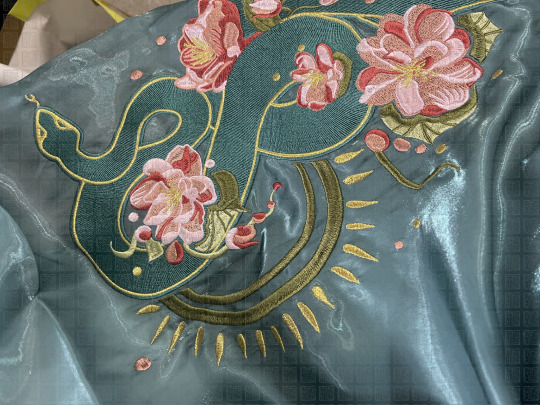
These embroidered sleeves are one of the most costly parts of the set.

I drew the embroidery pattern by hand on a raster file over the course of a few weeks (I use a tablet + Clip Studio Paint pro), then worked with an embroidery workshop in Quanzhou to digitize it.
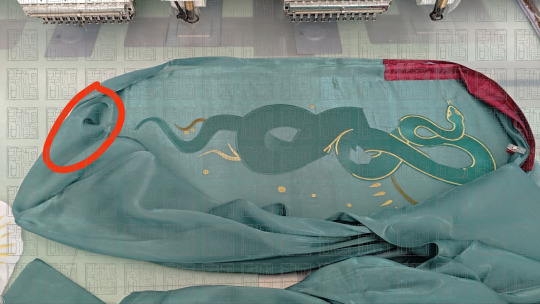
In the process of embroidering Xiaoqing's top, the fabric got snagged in the machine, and ripped a hole in the front of the right sleeve, which was very sad. There wasn't enough time to remake the whole thing before the shoot.
We rescued it by undoing the seam, chopping a portion of the sleeve off, and re-sewing it back together, resulting in a narrower sleeve opening than the white top (thank you workshop in Xuzhou!!!). The difference barely shows up on camera because it was so wide in the first place.
九破後褶裙
This is the garment that has the most guesswork associated with it, so it's the one that's least plausibly 'hanfu,' because I guessed a lot of it and pieced together a lot of sources to make it happen.
I was originally inspired by 玩泥巴的豆角 (user 'String Bean Playing with Mud') on Weibo. She's an incredibly talented historical costume enthusiast who's been the first to recreate tons of rarely-made hanfu pieces in addition to historical clothing from Korea, Vietnam, Japan, Europe, and recently Mongolia. She's also done handcrafted textiles, shoes, and other accessories. If you can read Chinese I highly recommend going through her posts but be careful because if you're like me you'll get sucked in and then neglect your homework for like a week.
This is a post that I saw back in 2023. She points out a kind of skirt often seen in Northern Dynasty figurines that has narrow pleats in the back but not in the front:


太原北齐东安王娄睿墓单螺髻侍女俑(505,508)/ Northern Qi Taiyuan Dong'an Wang Lourui Burial Site(artifact 505, 508)
She posits that there are two likely possibilities for the construction of this skirt: the 破裙/po4 qun2/'broken skirt' structure or the 百迭裙/bai3 die2 qun2/hundred-layer skirt structure (more on that later). Her recreation is structured closer to the Song Dynasty baidiequn skirt structure, with the reasoning that it would be easier to modify into a poqun later if an excavation ever came out confirming that it was a poqun, but it would be much harder to turn a poqun back into a baidiequn.

玩泥巴的豆角's image, linework of figurines with pleated-back skirts
For various reasons, one of which being that I'm not claiming this to be historically immaculate, I wanted to explore the possibility of a poqun structure. In addition, I actually do think that this pleated-back skirt is more likely to be a poqun than a Song baidiequn.
My understanding is that the baidiequn structure, which is essentially a long rectangle with pleats on it that gets wrapped around your waist, only got trendy in the Song Dynasty. There's a report of a few rectangular pleated skirts from the Tang Dynasty Famensi site (Shing Mueller, Center for Sinology, University of Munich) as well, but not much before that, and the pleats are very wide compared to a baidiequn.
Poqun, however, have been around since at least the Warring States period. We know this because of the several excavated artifacts from the Warring States Period, the Han Dynasty, the Jin Dynasty, and the Tang Dynasty. (The Warring States Period is wayyyyy before the Northern Dynasty.) Since time only moves in one direction, I think it makes more sense to assume that an older cut of clothing still existed in a time period after there's evidence that it existed, rather than before.
What's a poqun anyway? I like to describe it as Ye Olde Circle Skirt (sector skirt if you want to be pedantic about it). It's a way to make the flared circle skirt pattern happen at a time when your fabric is only 74cm wide: you cut out a bunch of trapezoids, sew them together, and end up with this sunburst shape. Trim the hem and you've got what's essentially a partial circle skirt.


L: 江陵馬山楚墓深黄絹單裙(N-17-3), 中國古代服飾研究 p. 92, 沈從文 / Jiangling Mashan Chu Kingdom burial site dark yellow unlined skirt (N-17-3), Research in Ancient Chinese Fashion p. 92, Shen Congwen
R: 長沙馬王堆漢墓單裙,中國古代服飾研究 p. 159,沈從文 / Changsha Mawangdui Han burial site unlined skirt, Research in Ancient Chinese Fashion p. 159, Shen Congwen
The two complete poqun skirts excavated before the Northern Dynasty are a four-panel underskirt from 馬王堆漢墓/马王堆汉墓/ma3 wang2 dui1 han4 mu4/Mawangdui Han Dynasty burial site in Changsha, and an eight-panel skirt from 江陵馬山楚墓/江陵马山楚墓/jiang1 ling2 ma3 shan1 chu3 mu4/Jiangling Mashan Kingdom of Chu burial site. Later Tang Dynasty artifacts also show poqun with 12, 16, even 32 panels, often alternating colors. You'll notice that most of these are even-numbered, because the trapezoids are made by splitting one rectangular piece of fabric into two trapezoids with a diagonal line.
So why is my design nine panels?
Here's my reasoning: First, I knew I wanted to stay around 8 panels, which seems like a reasonable number based on artifacts at the time (chronologically 8, 4, 6, 6, 12).
The 9th piece was inserted because of how pleating works. If you want full parallel knife pleats without messing with the symmetry, the fabric has to be rectangular. So one of my pieces has to be a rectangle, and it has to be in the middle. If I want the number of panels on each side of this rectangle to be the same (for symmetry), there's going to have to be an odd number of panels.
Now let's decide what's going on on either side of this pleated rectangle. Say we've inserted the rectangle in the middle of a uniform 8-panel poqun, which was my original intention. That means we get 4 panels on each side of the rectangle:

Traditionally, the panels are always right trapezoids. But now there's a problem: the legs of these two adjacent trapezoids are not the same length, so the angle of curvature on each side of the rectangle is different.
What if we turn the trapezoids on one side around, so that it's symmetrical? Well, now we have another problem: the different parts of the skirt are different lengths.
All right, so the problem is that the legs of the trapezoids are different lengths. Easy fix: use isosceles trapezoids instead.*

*Worried about fabric waste? Don't be! What do you get when you chop an isosceles trapezoid in half! Two right trapezoids. You can still use the same technique :) I just didn't for this skirt because lazy.
Lastly, to make it easier to do math, and since I've already bastardized the traditional poqun cut anyway, I made the last two panels rectangles (these will overlap with each other when the skirt is put on). This is to make it so that the number of rectangles and the number of trapezoids are both divisible by 3 (makes it easier to adjust calculations based on peoples' measurements).
This is the final structure of the skirt body:

What about the skirt head? One of the reference images on the Weibo post clearly showed thick shoulder straps on a chest-high skirt style. This is the style that op recreated. Most people consider chest-high skirts a marker of the Tang Dynasty, but skirt bands were migrating locations way before then.

河南洛阳朱仓北朝墓,新浪河南 / Zhucangcun, Luoyang, Henan Northern Dynasty Burial Site, Sina Henan
In 2022, a stone bedframe (artifact M260) from the Northern Dynasty was excavated in Zhucangcun, Luoyang, Henan. It was carved all over with unusually clear reliefs. One part of it depicted court ladies:

河南洛阳朱仓北朝墓,新华网 / Zhucangcun, Luoyang, Henan Northern Dynasty Burial Site, Xinhua News Network
As you can see, a very wide skirt head is clearly worn and tied over the chest. So let's tack a wide skirt head and some ribbons onto this thing. And because nobody has time to deal with chest high skirts falling down, a pair of adjustable shoulder straps. I wanted them to be adjustable so mine are very thin, but the existence of shoulder straps in general is supported by wall art and figurines, especially in combination with this back-pleated skirt.

Shitty brainstorming pen & paper sketches by me
That's the whole skirt! Congratulations.
After a shit ton of geometry and working with hanfu patternmakers from Fujian to CAD the design out digitally, each of these panels were printed directionally with a custom gradient onto satin, laser-cut (by fabric workshop in Shaoxing), and sewn together (by hanfu tailor workshop in Yangzhou) :)
腰封 & 披帛
I am unbelievably tired after writing all that and also I'm at tumblr's image limit so I will just put these pictures here so you can admire the pretty embroidery on the pretty fabric.
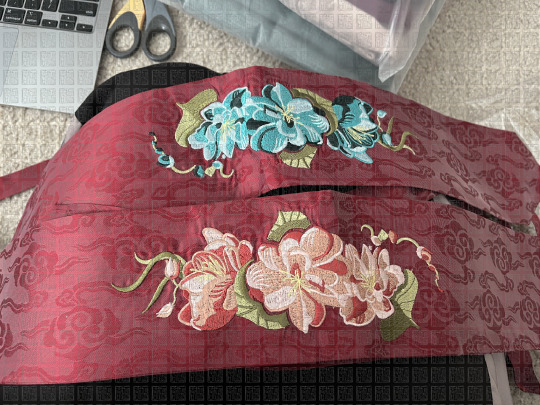
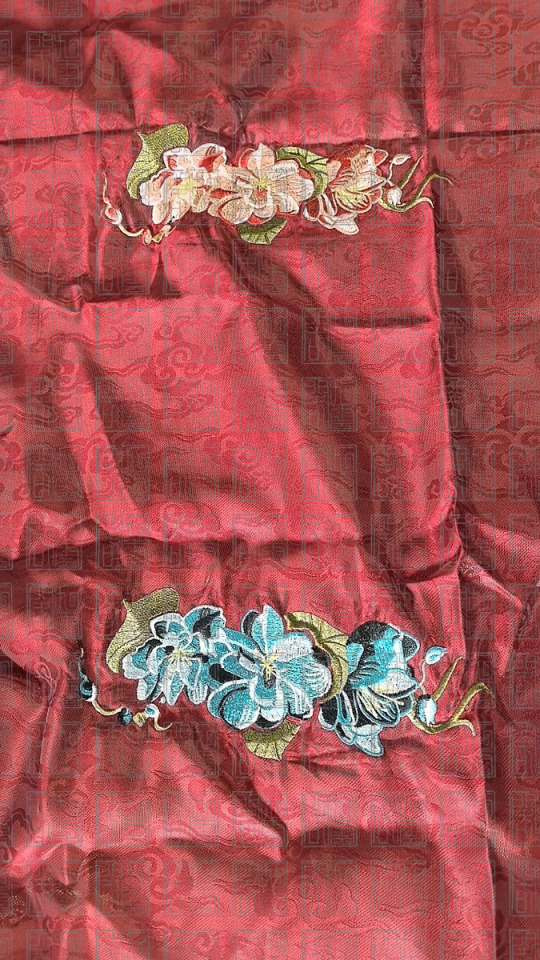
A yaofeng is a wide waist sash or 'corset belt' style thing. A pibo or peizi is a long piece of flowy fabric that acts as a shawl that women carry on their shoulders or elbows. The pibo didn't make it onto the set, but the yaofeng did. Its design is not that interesting (it's an extremely wide hexagon with ribbons sticking out of it to tie on your waist) so I will just let you use your eyes.
-
If you made it this far without your eyes bleeding you're doing better than me! This is the most technical part of the series—not much artsy symbolism going on but a lot of hanfu archaeology work. I am again very tired after writing this and am not sure if some of it is incomprehensible, but feel free to send me asks and stuff about it :) Only one post left to wrap it all together!
1 Introduction & Presentation // 2 Background & Influences // 3 Hair & Makeup // 4 Set Design // 5 Clothes & Accessories // 6 Conclusion
#hanfu#chinese hanfu#chinese fashion#hanfu fashion#hanyuansu#hanfu photoshoot#chinese history#hanfu art#long post#chinese#archaeology#relics#artifacts#northern & southern dynasty#魏晉南北朝#九雲閣#cloud9hanfu#cloud9 hanfu#青白之魅#legend of the white snake#snake#snakes#embroidery#digitizing#poqun#xiyi#褶衣#破裙#museum artifacts#patternmaking
152 notes
·
View notes
Text
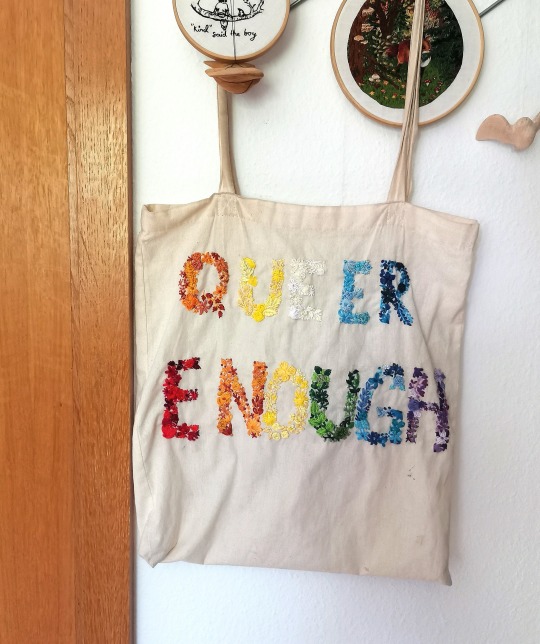
To all the aros and aces and aroaces, you're wonderful and valid and you don't have to prove to anyone that you're "queer enough"
#Behold my genius:#Embroidering white onto an almost white bag#Truly brilliant of me XD#I don't really like it as a bag but i might sew it into a pillowcase or something to hang on my wall#I've been asked so many times if I'm even queer or straight up told I'm not queer#It was with the best of intentions#And mostly by friends who genuinely wanted an answer and to understand me and educate themselves#But it's still a little gutpunch#Oh well#Thank goodness the aro and ace communities have been so lovely#Embroidery#I try things#Fibre arts#Needlework#Aroace#Aromantic#Asexual#Ace#Pride#My art
299 notes
·
View notes
Text









a cozy iroh stimboard for @cutiebug21!
🔥-🍵-🔥 / 🍵-🔥-🍵 / 🔥-🍵-🔥
#stim#stimboard#uncle iroh#avatar the last airbender#sfw#red#green#brown#white#orange#cozy#matcha lattes#drinks#food#candles#fire#flames#sewing#embroidery#needles#flowers#water#pouring#miso soup#books#fireplaces#hands#utensils#atla#requests
217 notes
·
View notes
Text
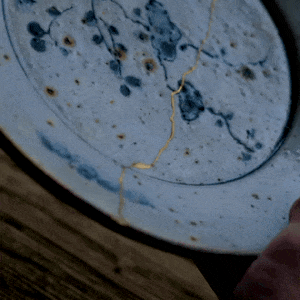
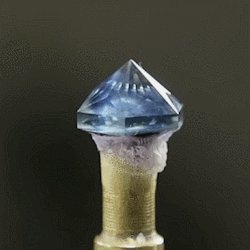
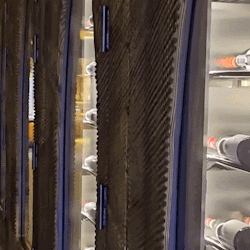
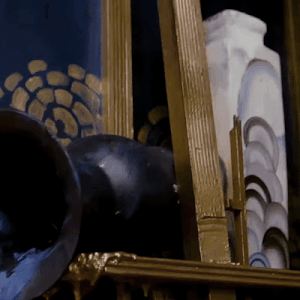
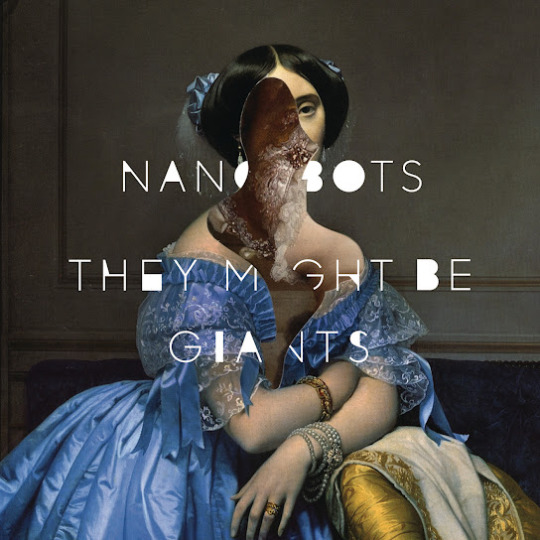
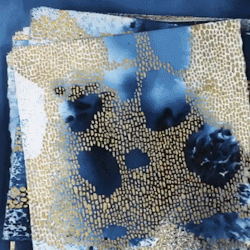
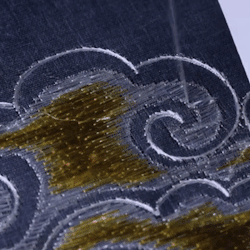
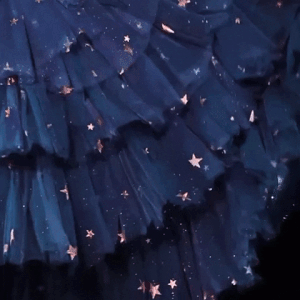
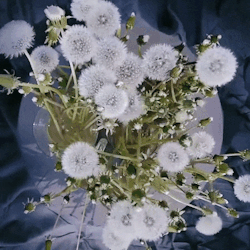
NANOBOTS
🔷|🔷|🔷
🔷|🔷|🔷
🔷|🔷|🔷
#my beautiful daughter his name is Texture#talos stimboards#stimboard#stim#album stimboard#they might be giants#tmbg#gold stim#gold#gold and blue#blue stim#blue#white#brown#paper#fabric#cloth#dresses#embroidery#flowers#stars#art#trypo#interiors#wine cellar#sapphire#kintsugi#plates#irl hands#gif ids
282 notes
·
View notes
Text
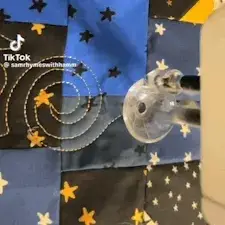
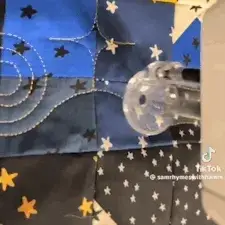
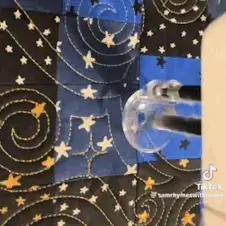
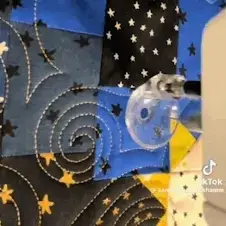
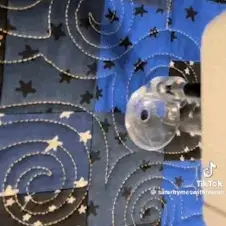
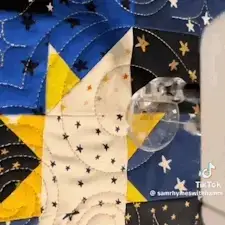

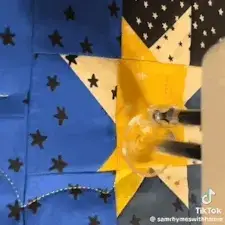
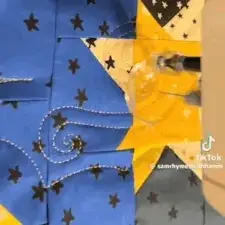
🌌⭐☁️Starry Quilt Stitching☁️⭐🌌
#stimboard#moodboard#stim#visual stim#sewing#quilting#embroidery#sewing machine#fabric#stars#space#spiral#blue#black#white#yellow#clouds#quilt#blanket
133 notes
·
View notes
Text

Boots
1880s
Italian
The MET (Accession Number: C.I.42.24.4)
#boots#fashion history#historical fashion#1880s#19th century#italy#accessories#bustle era#white#red#floral#embroidery#belle epoque#shoes#the met#THIS IS WHAT IT'S ABOUT BABY#(also i want to be clear i know italy is not the belle epoque)#but i'm fudging it a little since that's the closest country
721 notes
·
View notes